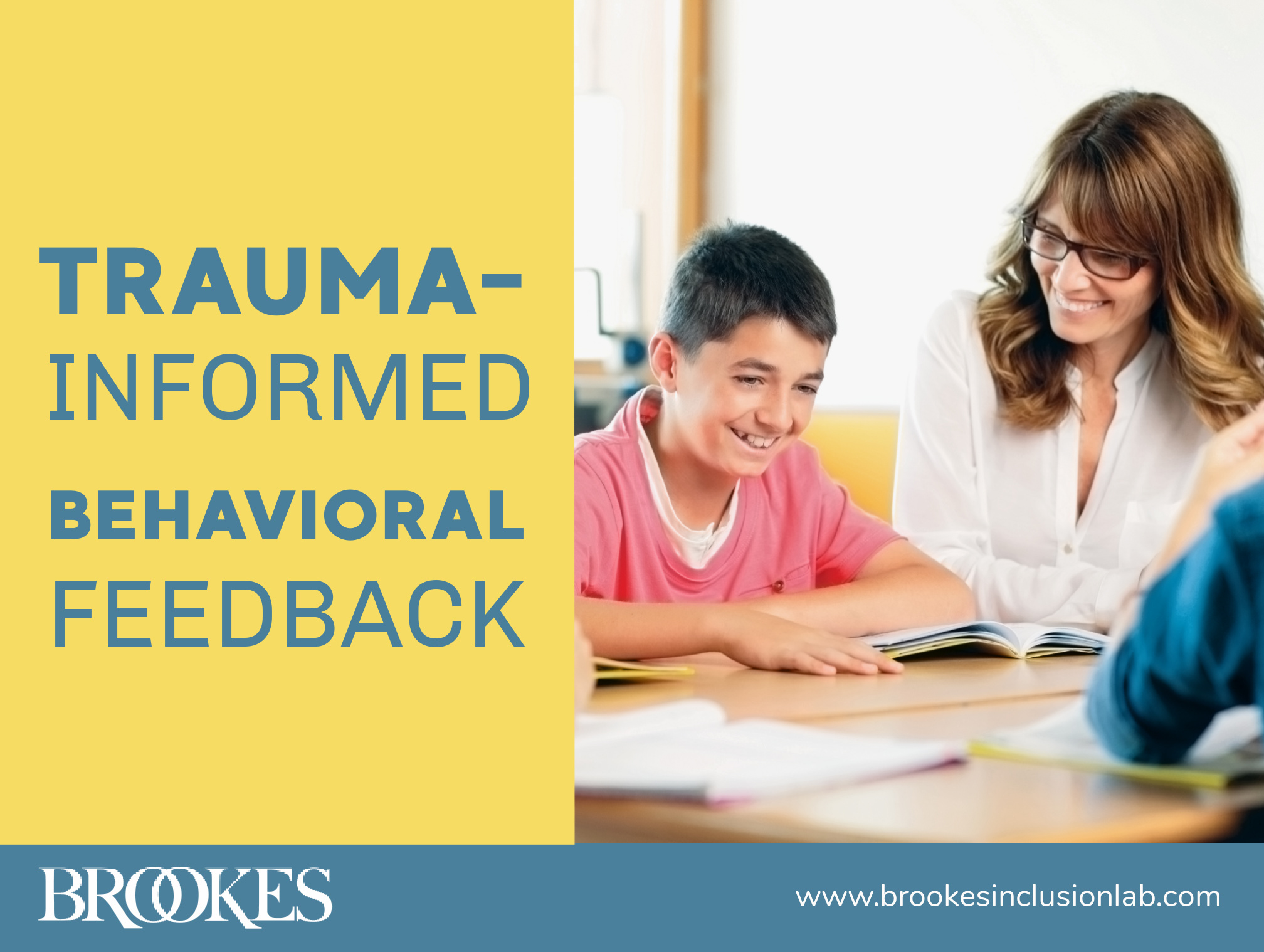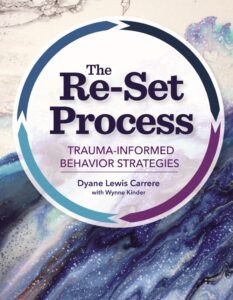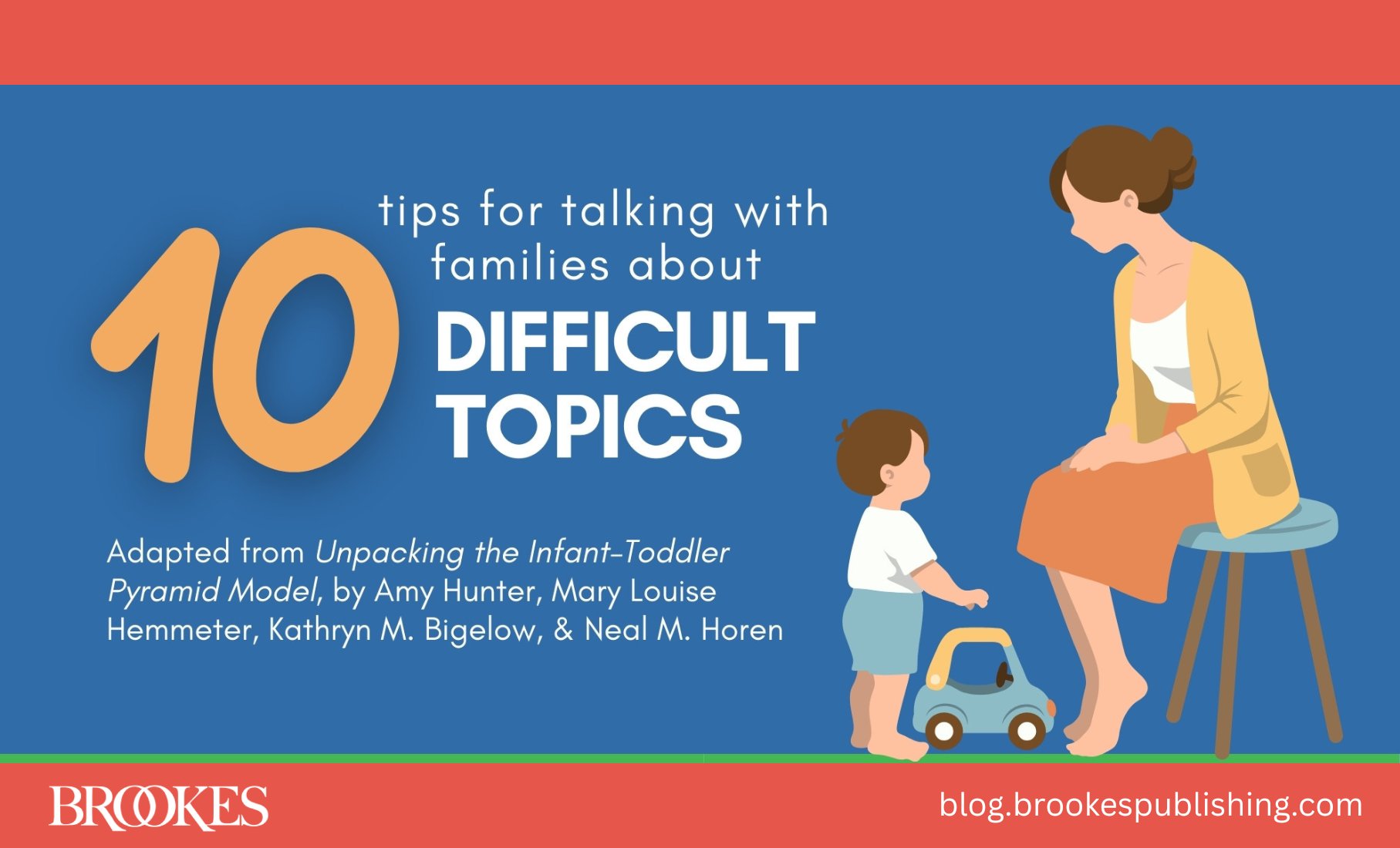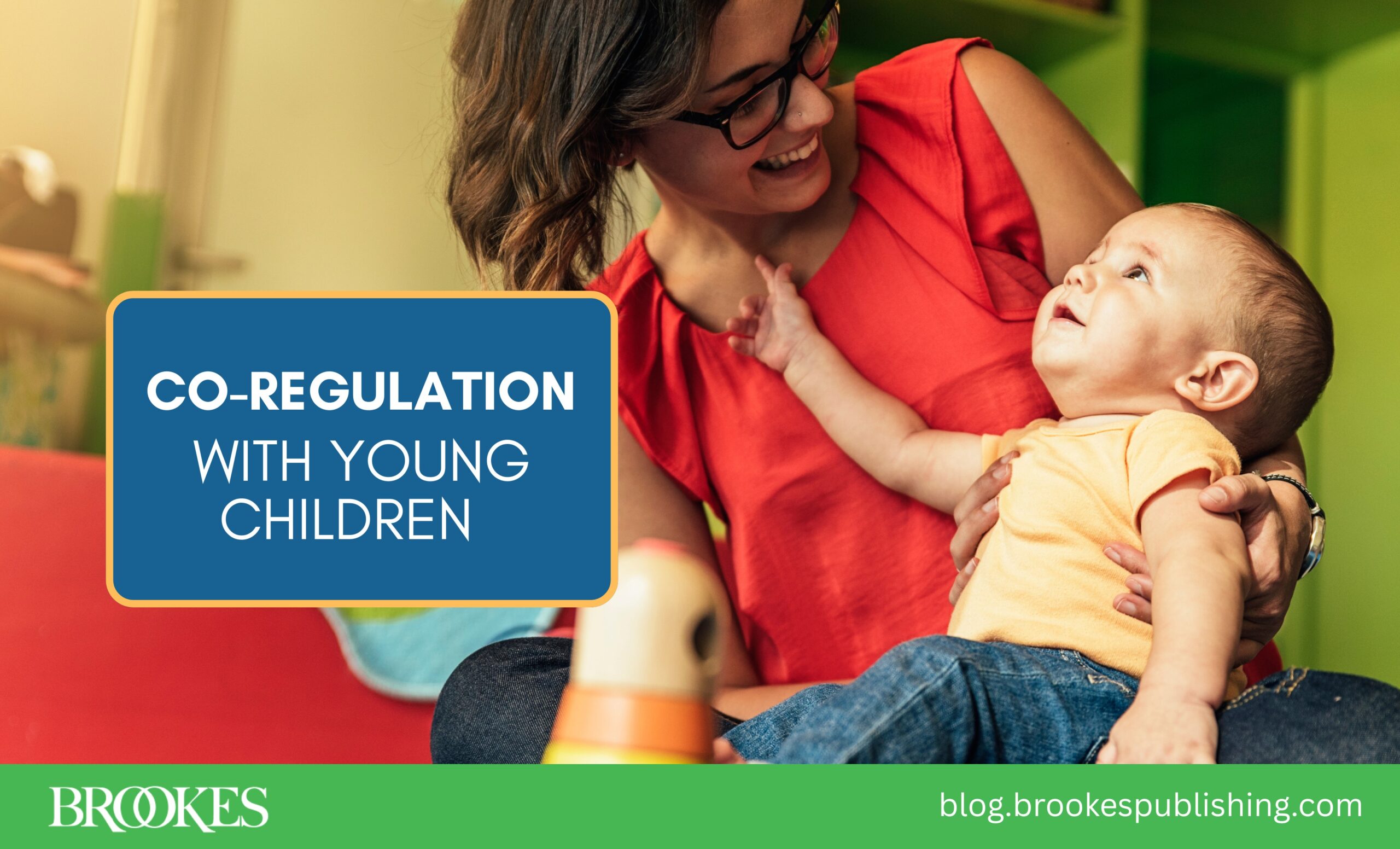8 Tips for Trauma-Informed Behavioral Feedback
June 8, 2021
Giving students feedback about their behavior is just as important as checking in with them about aspects of their academic performance. But as you might have observed in your own classroom, students who have experienced trauma often react to both positive and negative feedback a bit differently than other students. Today’s post is all about adjusting the way you deliver feedback, so it’s truly helpful to students and builds trust instead of hindering it.
 According to Dyane Carrere, author of The Re-Set Process, students who have experienced trauma may struggle to accept positive feedback. They may ask themselves “Are they just saying this to manipulate me?,” believe they just “got lucky” one time, and worry that they will never be able to repeat the behavior you’ve praised them for. Corrective feedback may feel equally fraught for students with trauma histories, who may see it as confirmation of their worst fears about themselves (“I am worthless/incapable/hopeless.”).
According to Dyane Carrere, author of The Re-Set Process, students who have experienced trauma may struggle to accept positive feedback. They may ask themselves “Are they just saying this to manipulate me?,” believe they just “got lucky” one time, and worry that they will never be able to repeat the behavior you’ve praised them for. Corrective feedback may feel equally fraught for students with trauma histories, who may see it as confirmation of their worst fears about themselves (“I am worthless/incapable/hopeless.”).
Despite the challenges of giving behavioral feedback to students who experience trauma, it’s important that you’re able to affirm positive behavior and create behavior change by giving all students useful, meaningful affirmative and corrective feedback. Excerpted and adapted from The Re-Set Process, the following tips will help you deliver trauma-informed feedback in sensitive and constructive ways.
If you’re delivering positive feedback, make it:
Low-key and private. Until confidence is built and trust is established between your student and the adults and peers in the classroom, even positive feedback should be low-key or even private. Use nonverbal signals like giving a thumbs-up, jotting a few words on a sticky note, or tapping the edge of the desk as a secret signal that students are doing well. As trust grows, feedback (especially positive feedback) can become more specific and public.
Highly genuine and positive. Students with trauma are highly sensitized to anything that feels disingenuous to them. Find something in a student’s set of behaviors that you can authentically notice and praise. This will become easier as you form a relationship with the student—you will find that their strengths become more apparent and their efforts more visible.
Frequent. Offer your students small amounts of positive feedback at a high rate. Intersperse specific verbal feedback with gestures of approval and other short, positive modes of non-specific feedback. The idea is to help the student become accustomed to positive feedback, to develop trust in you and what you say and do. In time, you can reduce the number of feedback events and focus on enhancing the quality of feedback, but your initial goal should be acceptance of any form of positive feedback.
If you’re delivering corrective feedback:
Do a quick redirect when students misbehave in small ways. A popular method of addressing small occurrences of challenging behavior is planned ignoring—but for students who experience trauma, this strategy may make them feel as if you’re ignoring them, which will create a breach in your relationship. Instead, try a simple redirect when students act out in minor ways.
Tag the behavior, but don’t stay around for a debate. A tag is a short, low-key verbalization or gesture that indicates the behavior is not acceptable. Tagging the behavior is effective because it’s quick, reduces the chances of a power struggle, and allows you to pay low-level attention to negative behavior so you can focus more on positive behavior. After you tag a student’s behavior, be vigilant for an appropriate behavior to notice and praise.
Check in. An alternative to tagging, “checking in” means responding to negative behavior with a question such as Are you okay? or Can I help with something? By showing concern for the student, you can interrupt the problem behavior without giving it a lot of attention and focus. You’ll also communicate that you care about the student and want to connect with and help them.
Separate the behavior from the person. When a student of yours engages in a serious behavior challenge that requires a longer and more intense followup interaction, be sure to focus on more than the negative—mention the student’s goodness and strengths, too. You might say: “I heard about the fight. I have seen what efforts you have been making, and I know you are better than this. We will get beyond this; I will be here for you.” This will give the student a sense of hope and increase their trust in you.
Invite self-assessment. For students in kindergarten through Grade 4, keep the focus on successes; they can keeping a simple success journal of short, positive items, or you can help them graph their positive behaviors. For students in Grades 5–8, talk to them about who they are, who they want to be, and who they fear being, and establish a process that helps them assess their behavioral choices and align them with their goals and hopes. When asking students of any age to assess their successes and their struggles, give them adequate time to respond rather than ask for an immediate response.
These tips will give you a good foundation for delivering both positive and corrective behavioral feedback in your classroom. For more guidance on this topic—and a comprehensive trauma-informed process for improving behavioral success—check out the book that inspired today’s post!
 The Re-Set Process
The Re-Set Process
Trauma-Informed Behavior Strategies
By Dyane Lewis Carrere, M.Ed., with Wynne Kinder, M.Ed.
When students with histories of trauma struggle with self-regulation and challenging behaviors, traditional interventions often fall short. The educators on your staff need a clear and consistent trauma-informed process to help students re-regulate and return to learning—and that’s what they’ll find in this reader-friendly guide to the revolutionary Re-Set Process.
Developed by two seasoned educators who specialize in trauma-informed teaching, the Re-Set Process is a neuroscience-based approach to improving behavioral success in children from Grades K–8. Blending best practices from behavioral approaches, mindfulness practices, and trauma-informed care, the four-step process Re-Set Process not only addresses behavior, but also guides schools in meeting the neurological and attachment needs of dysregulated students, reducing barriers to social and academic success.
FREE DOWNLOAD
If you liked today’s post, download a handy tip sheet that sums up its key points.




Write a Comment
Your email address will not be published. Required fields are marked *
Post a Comment